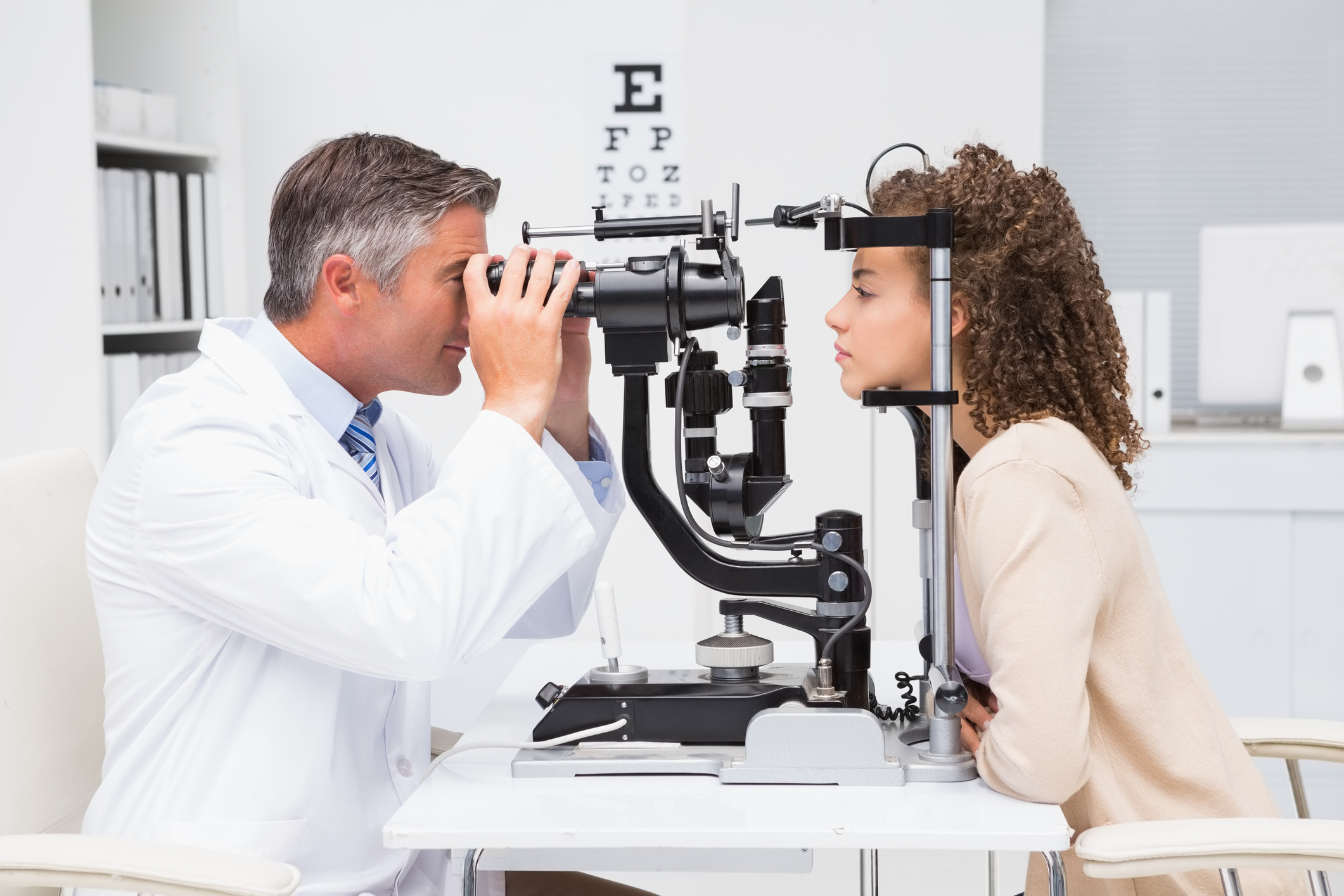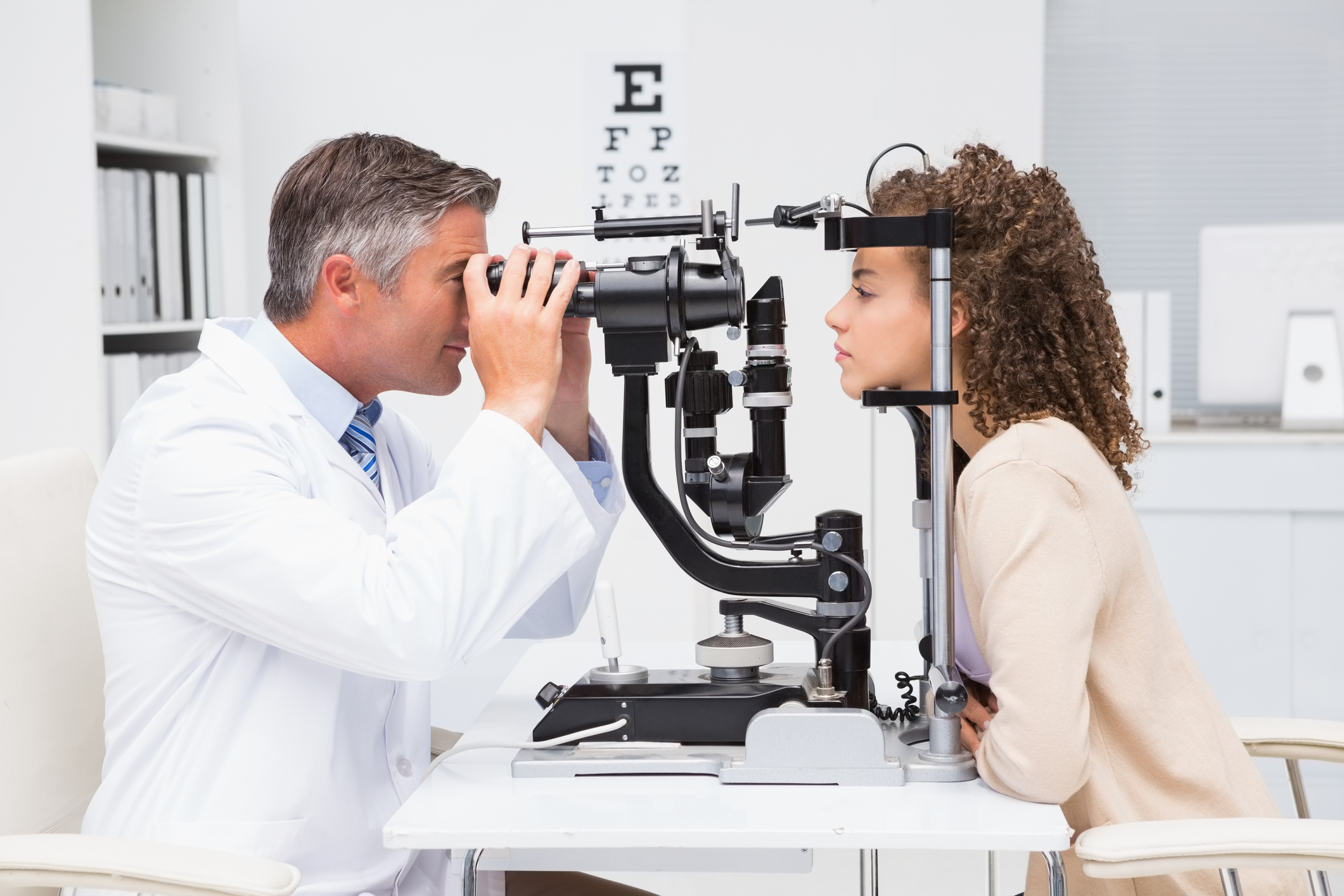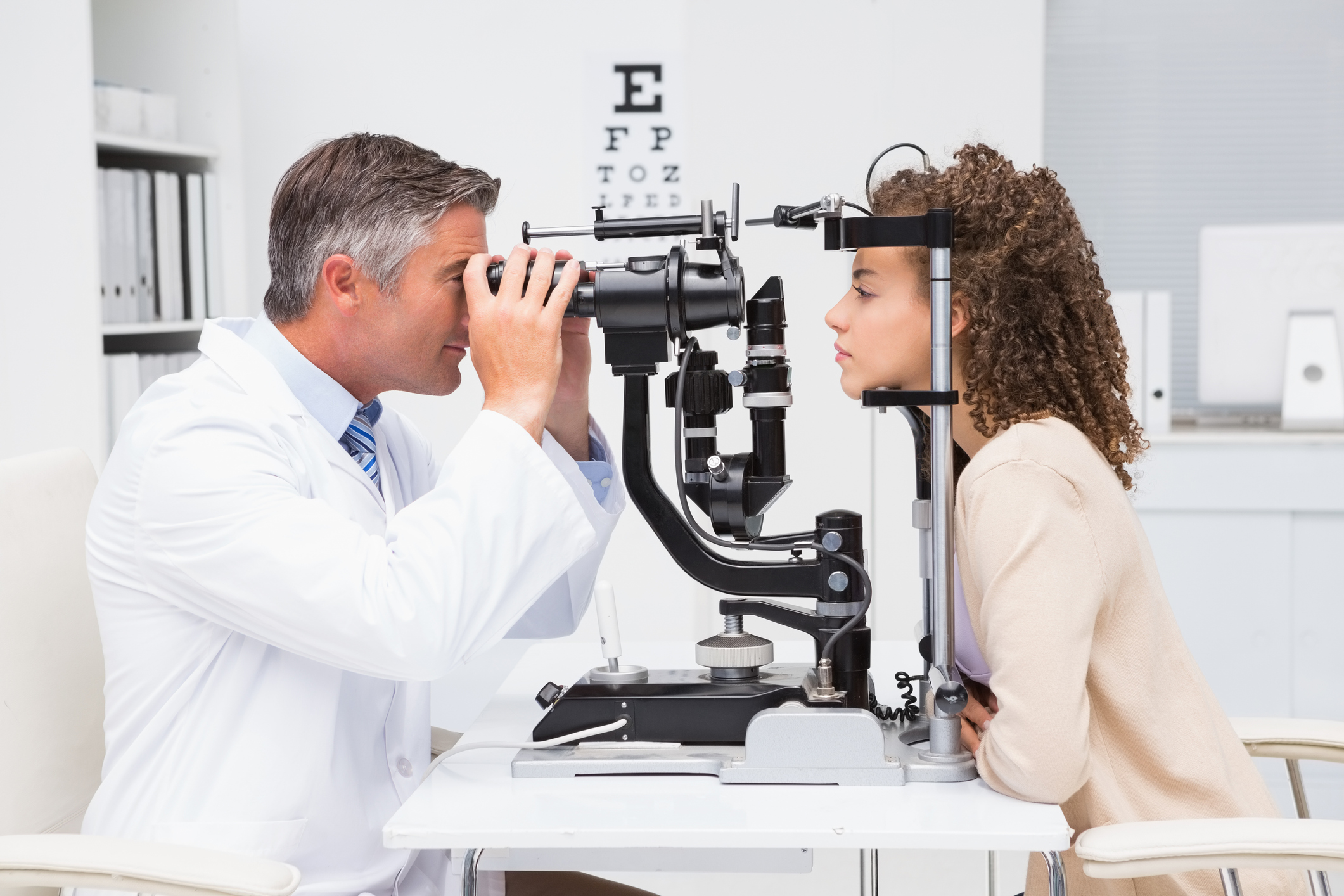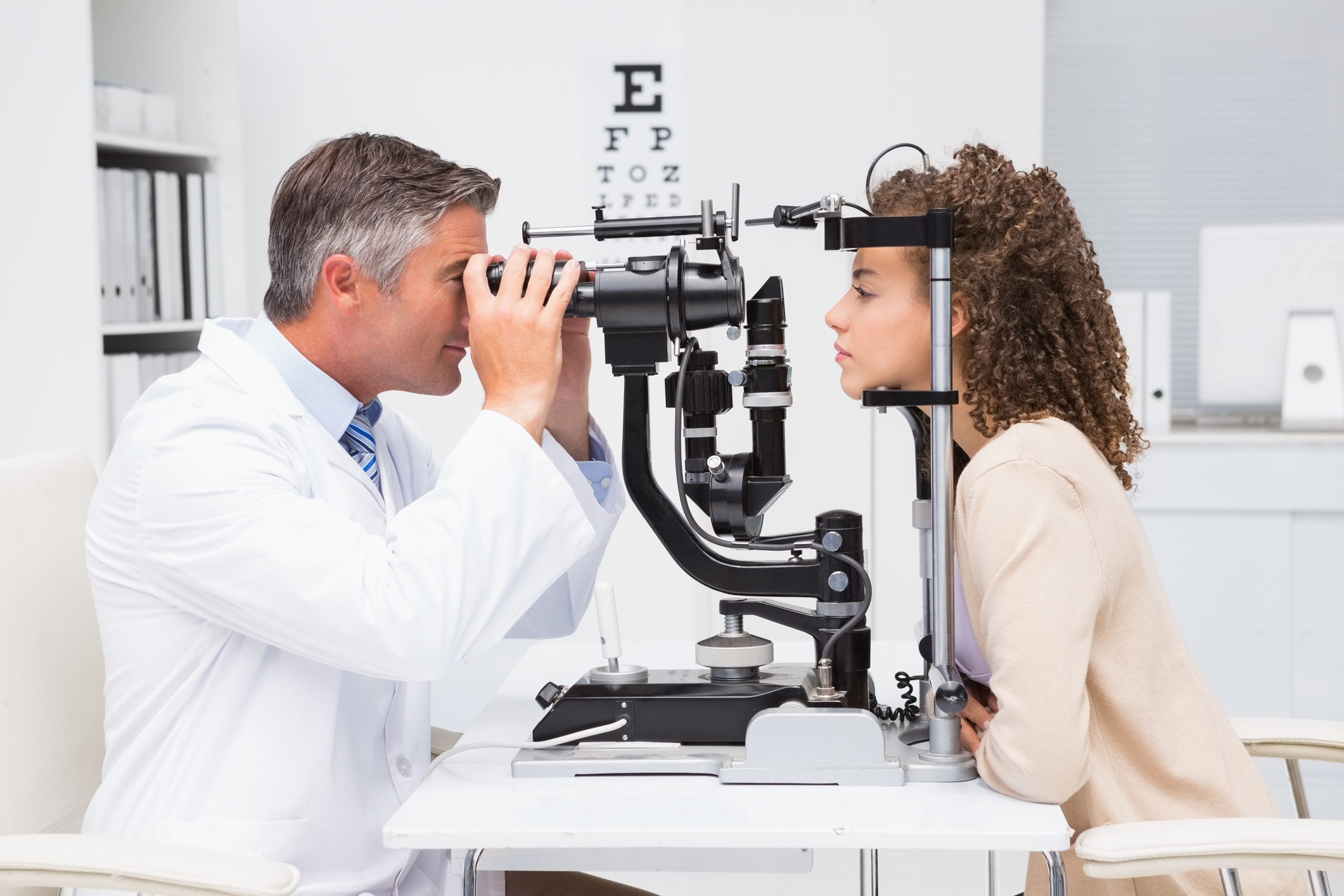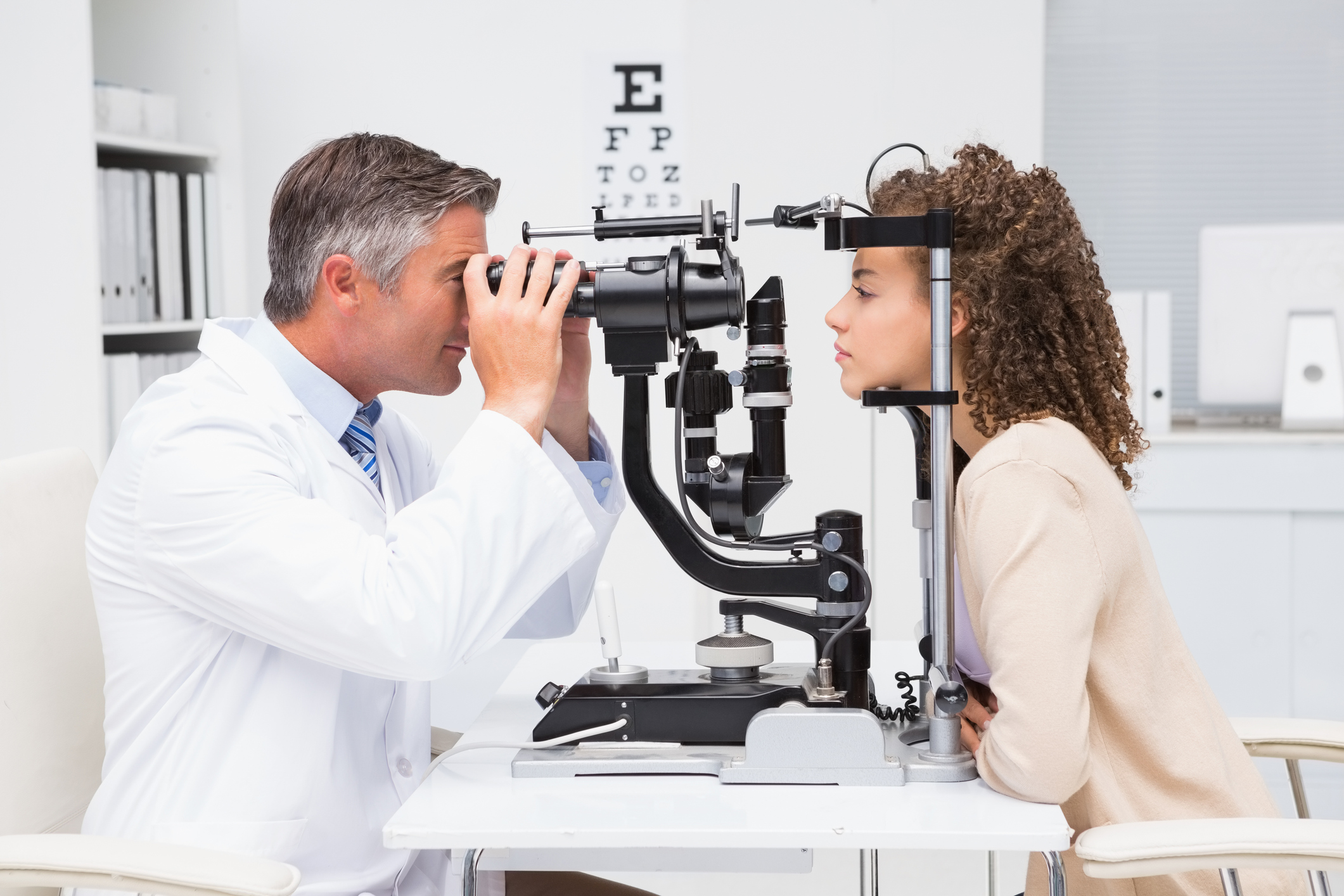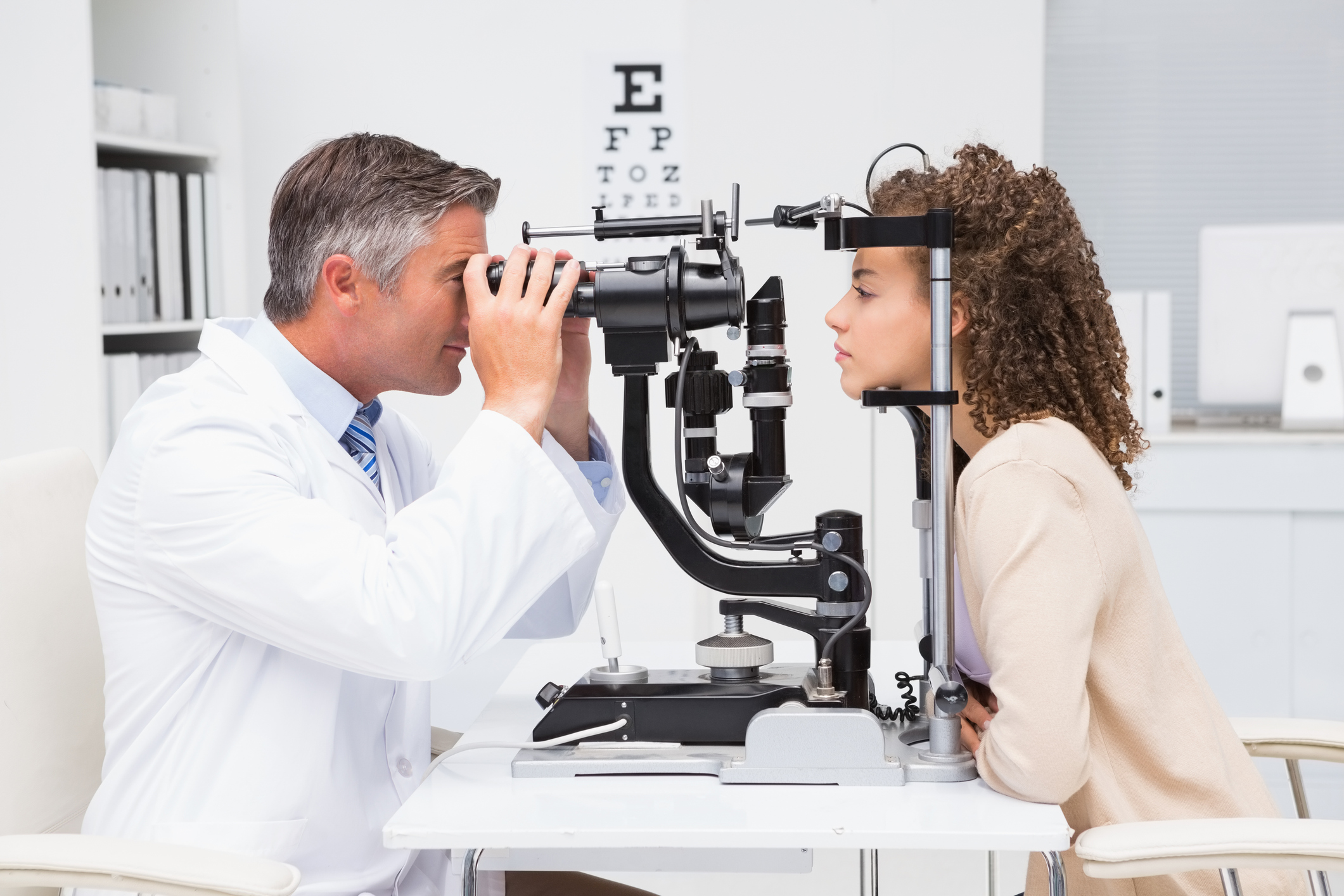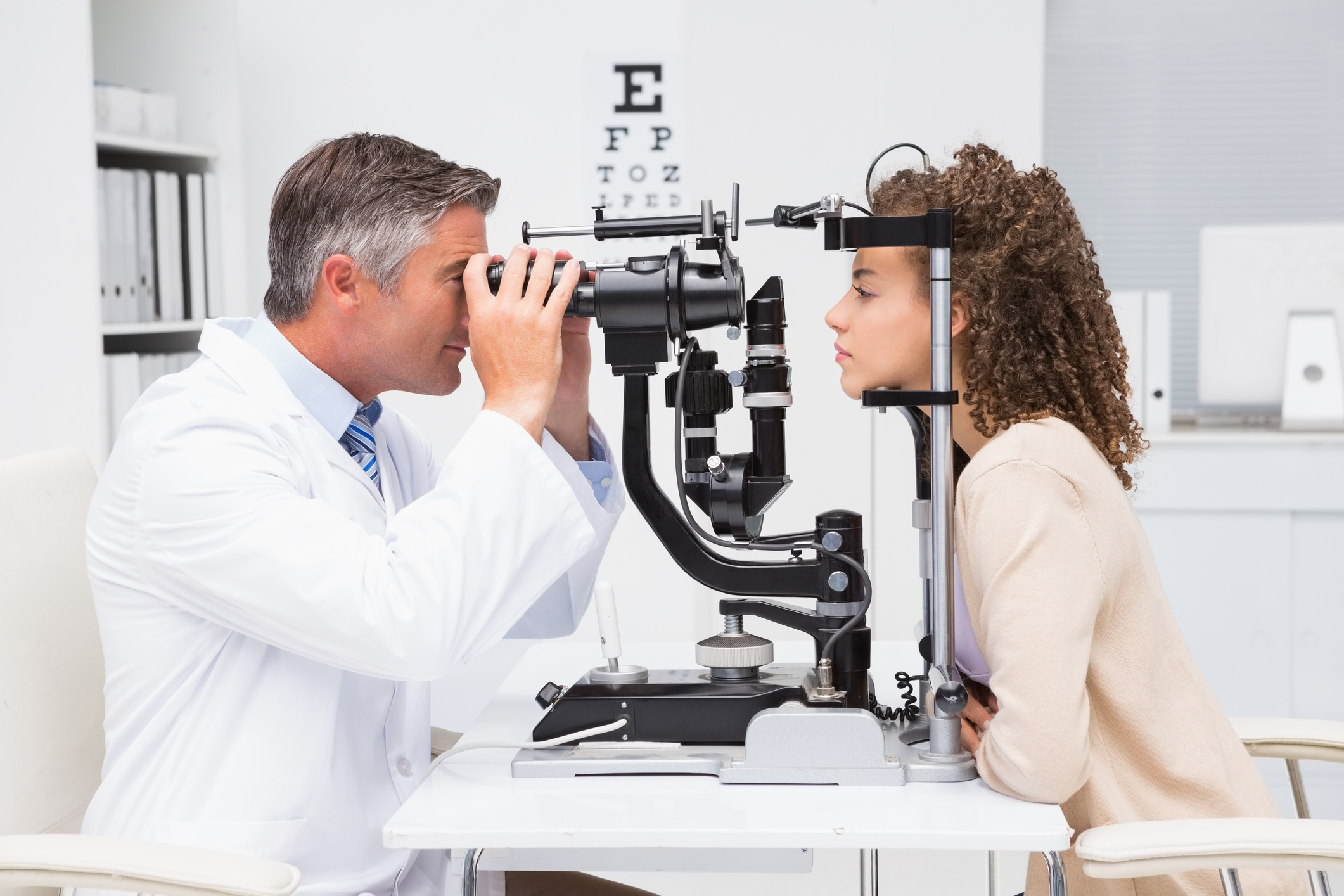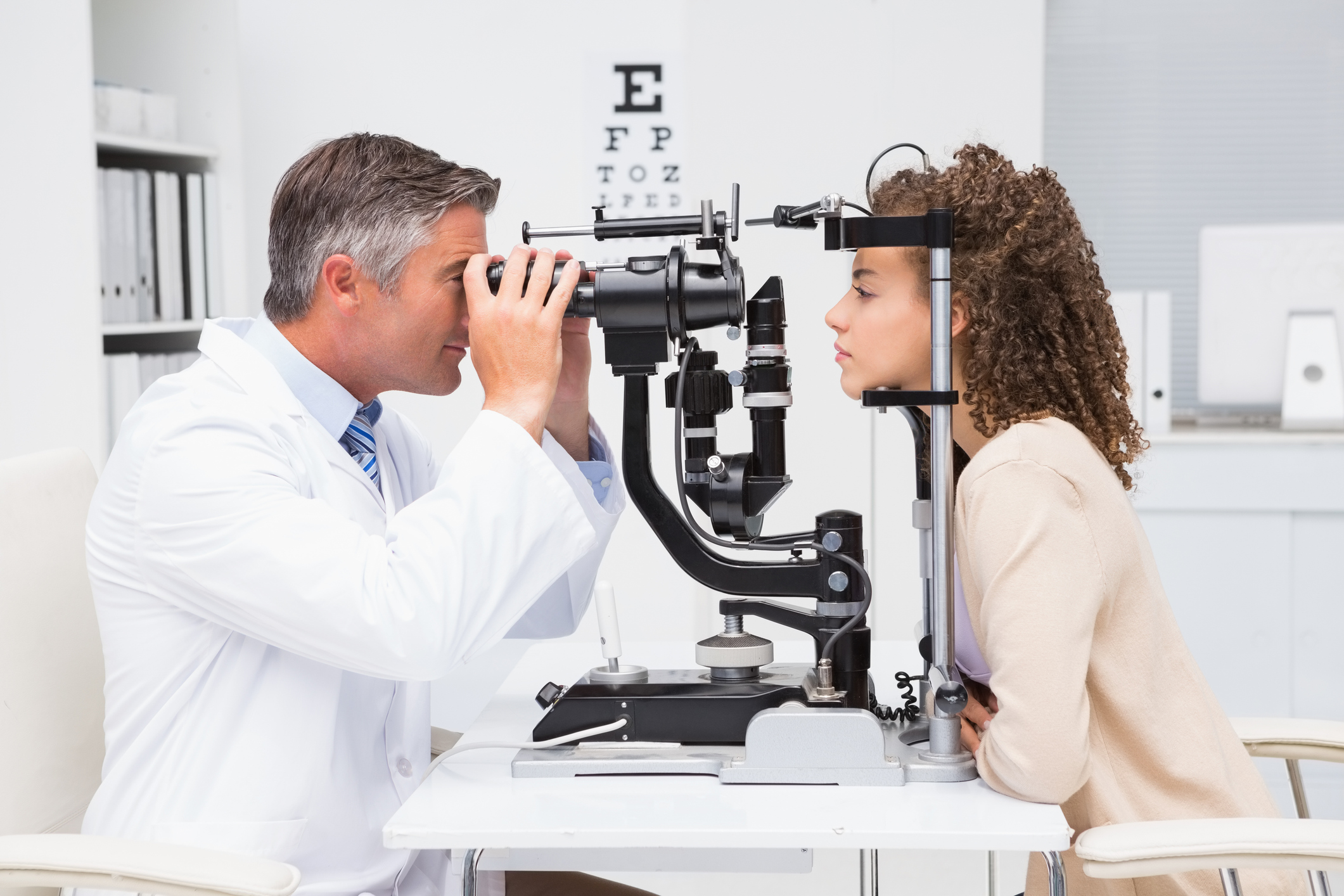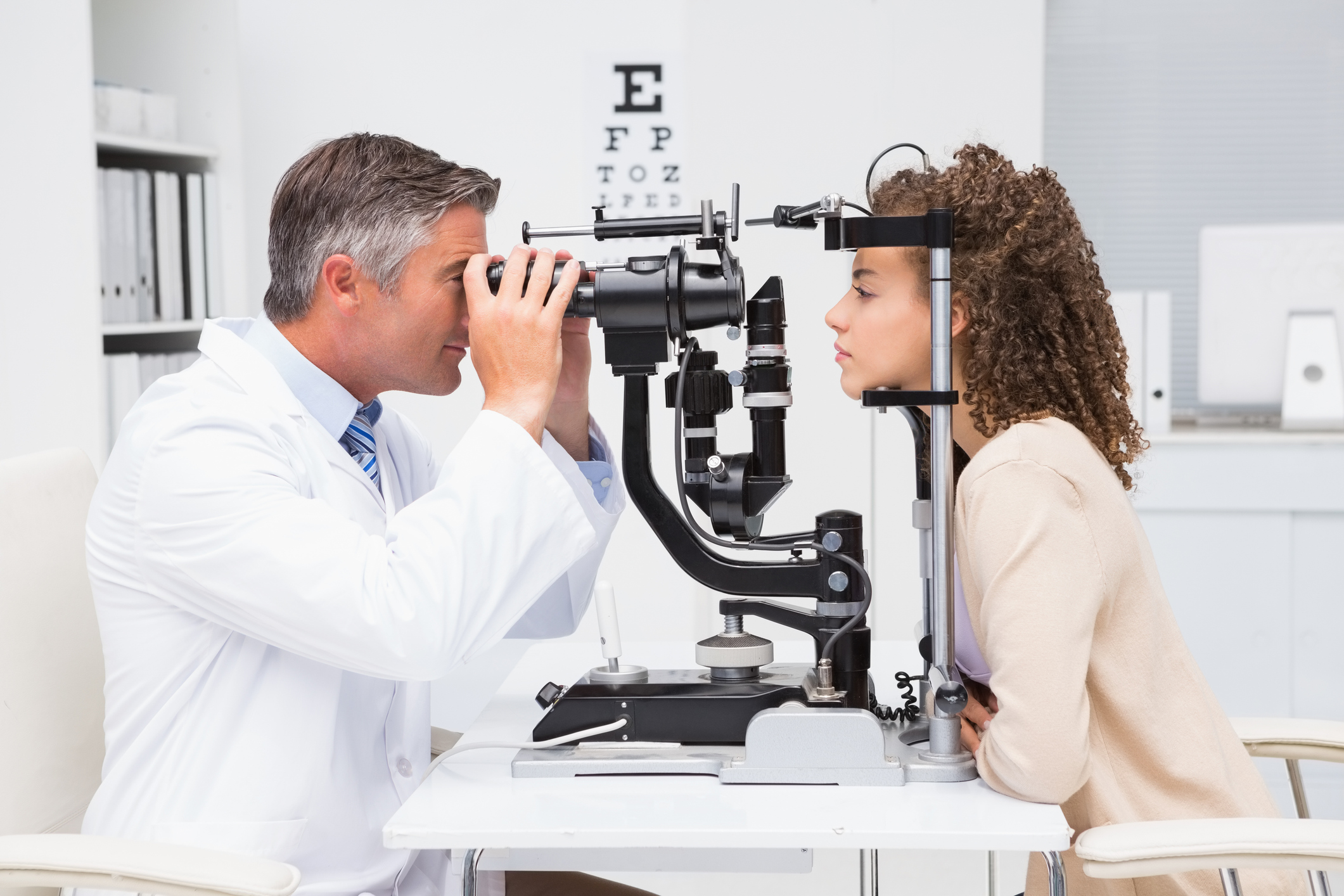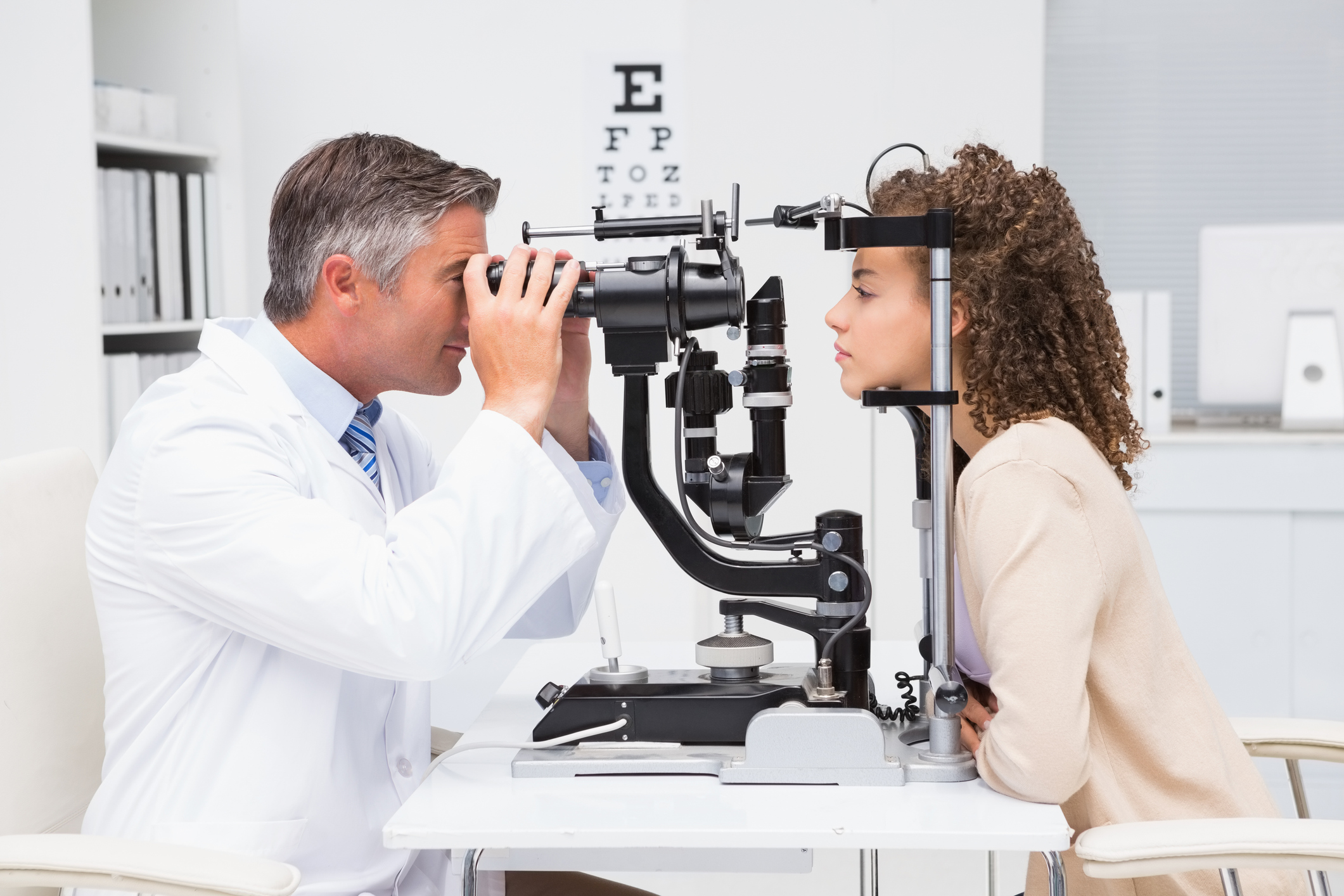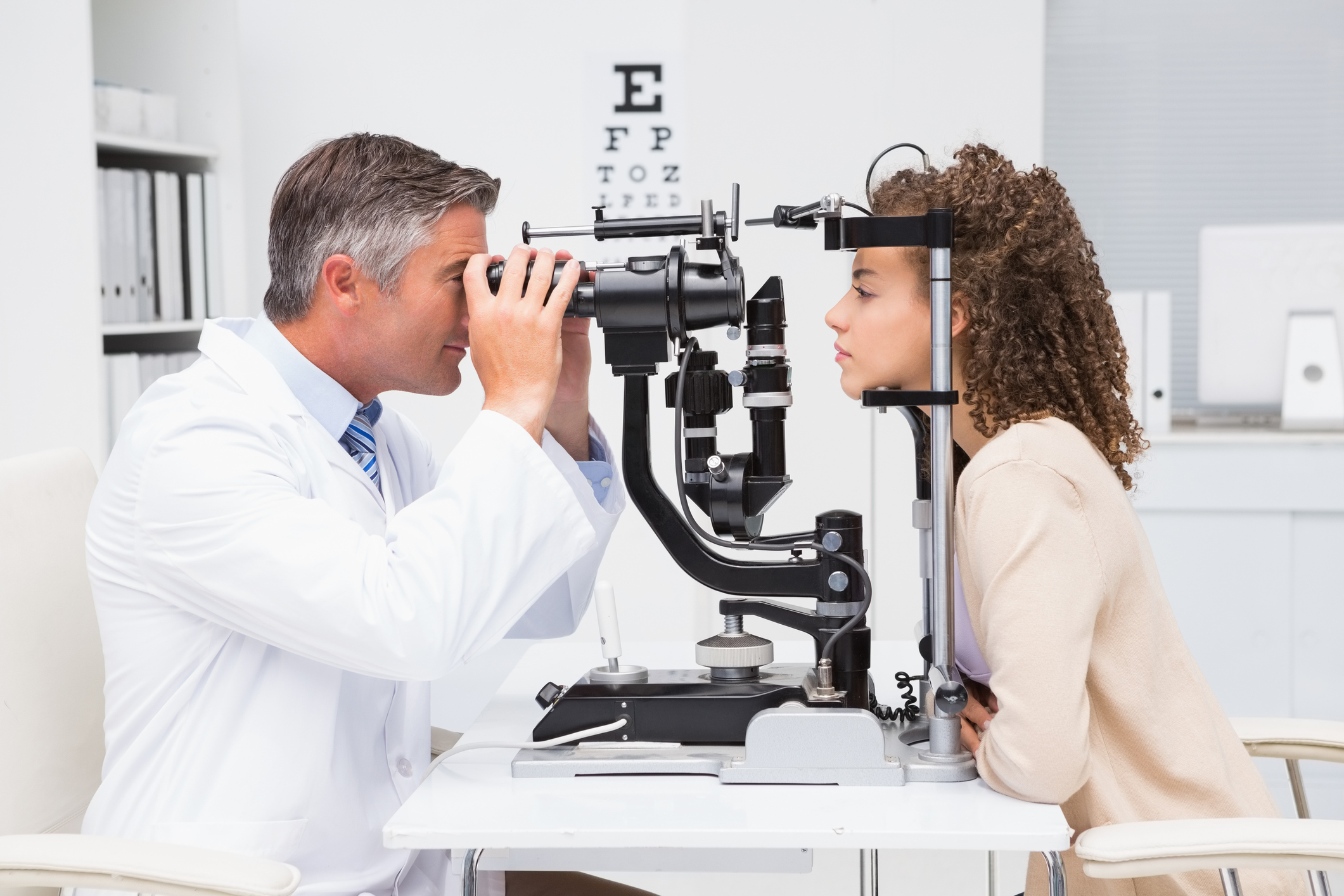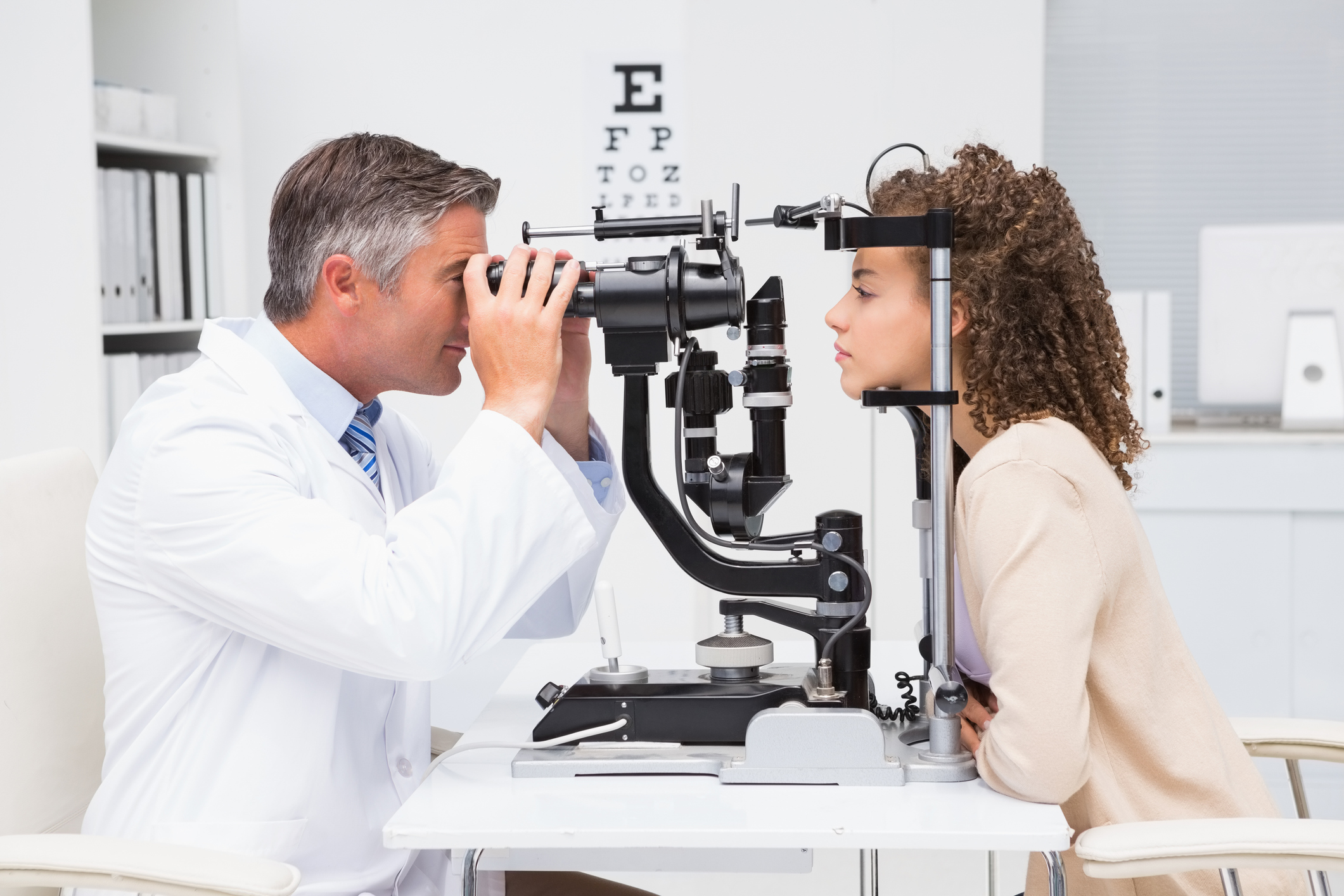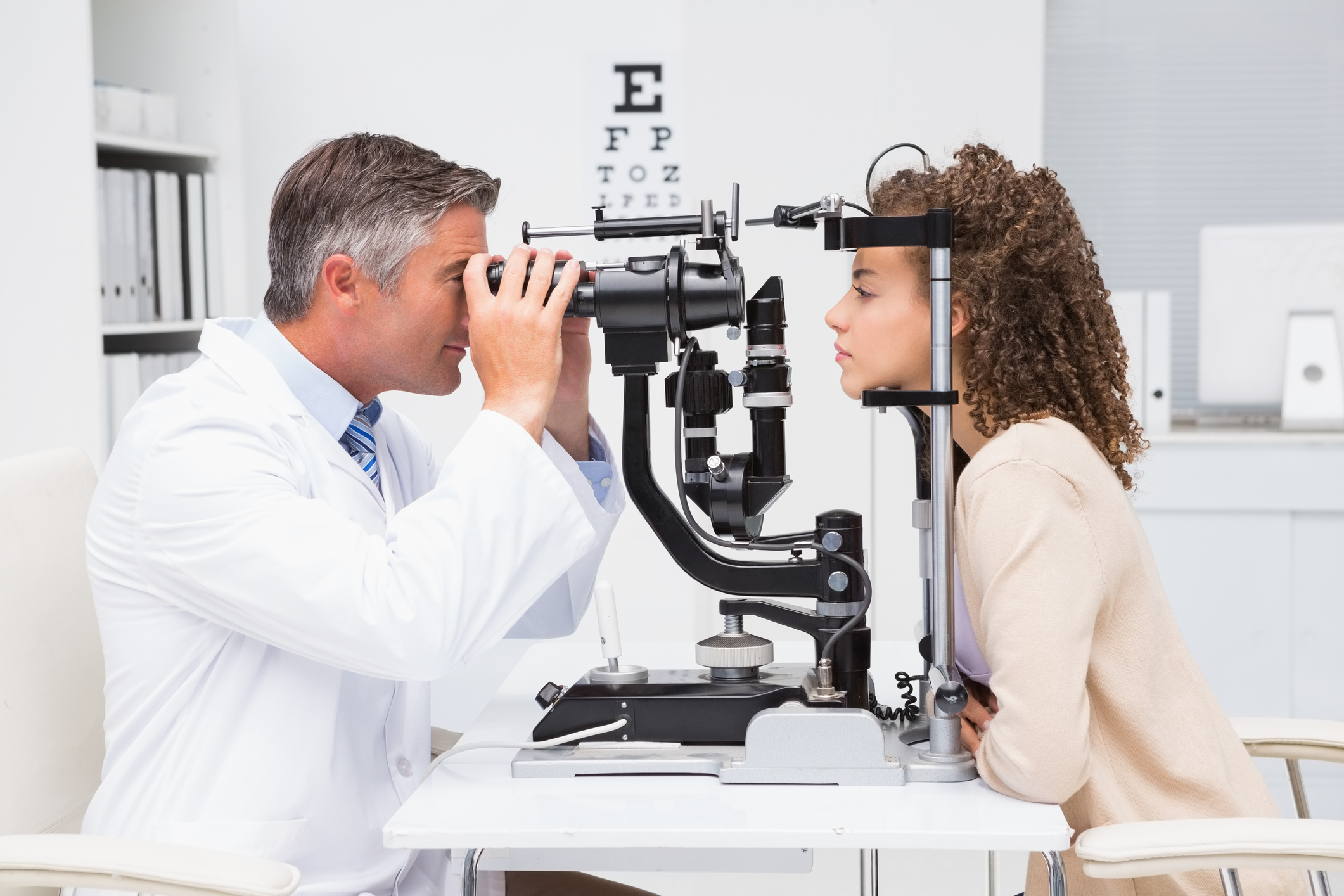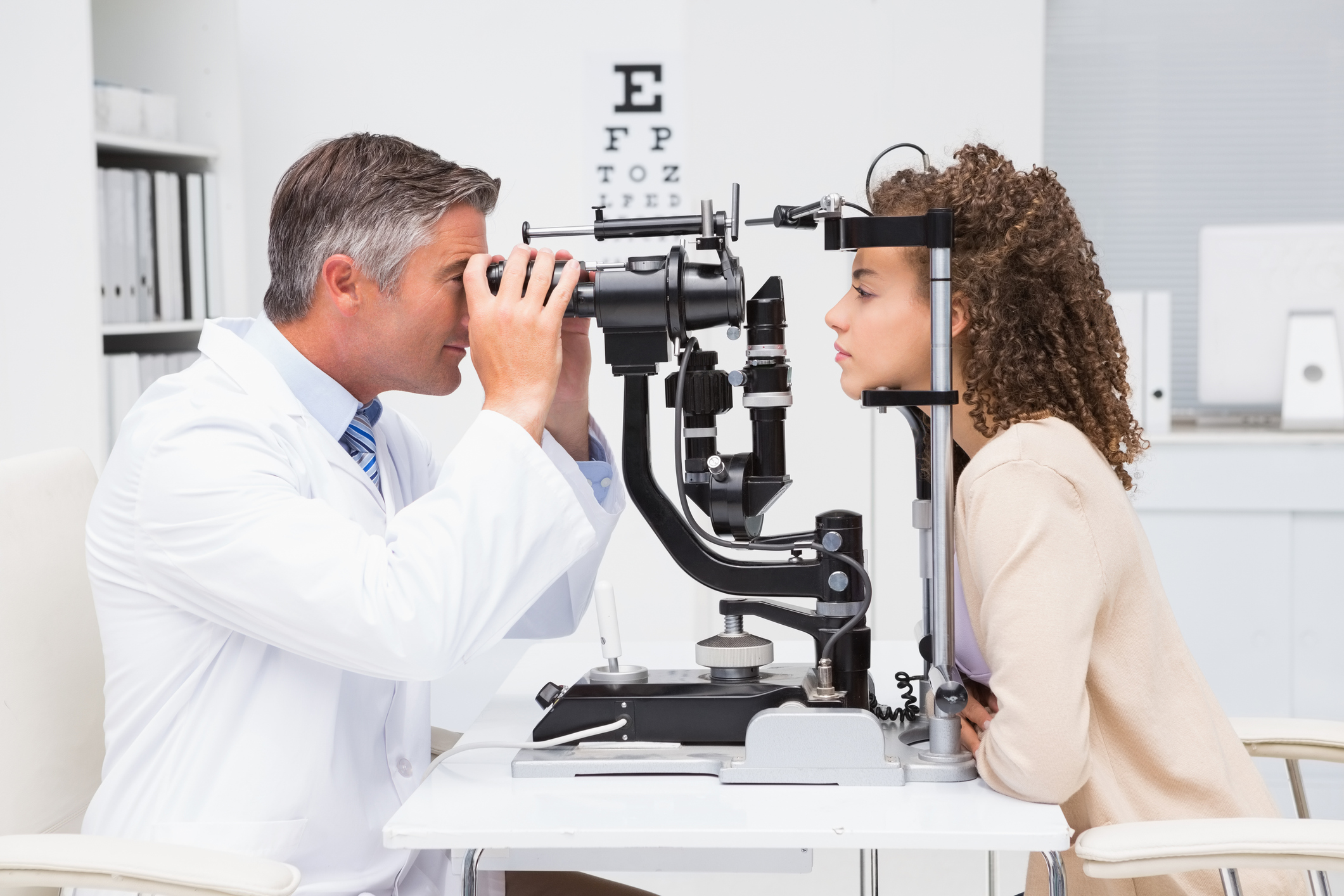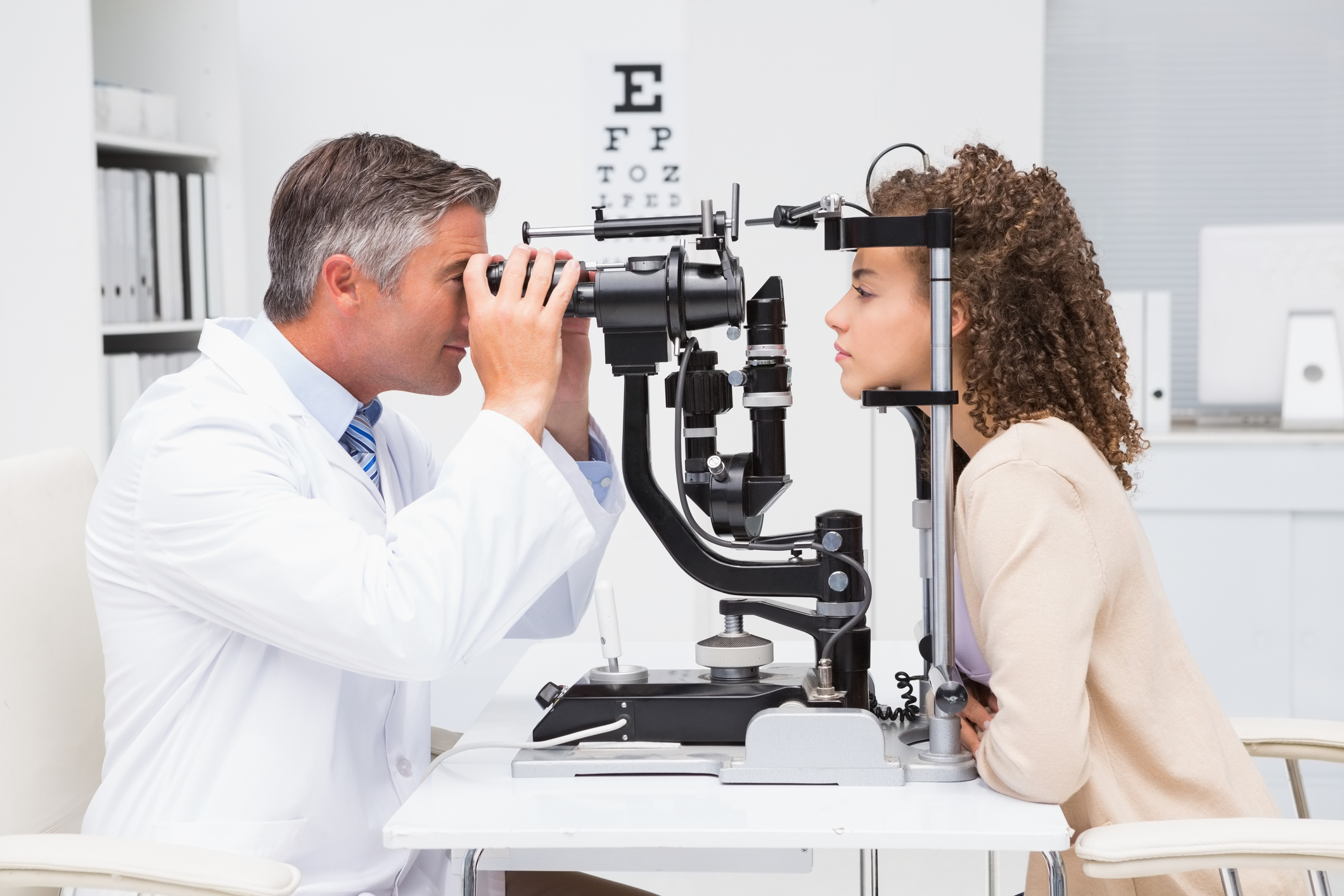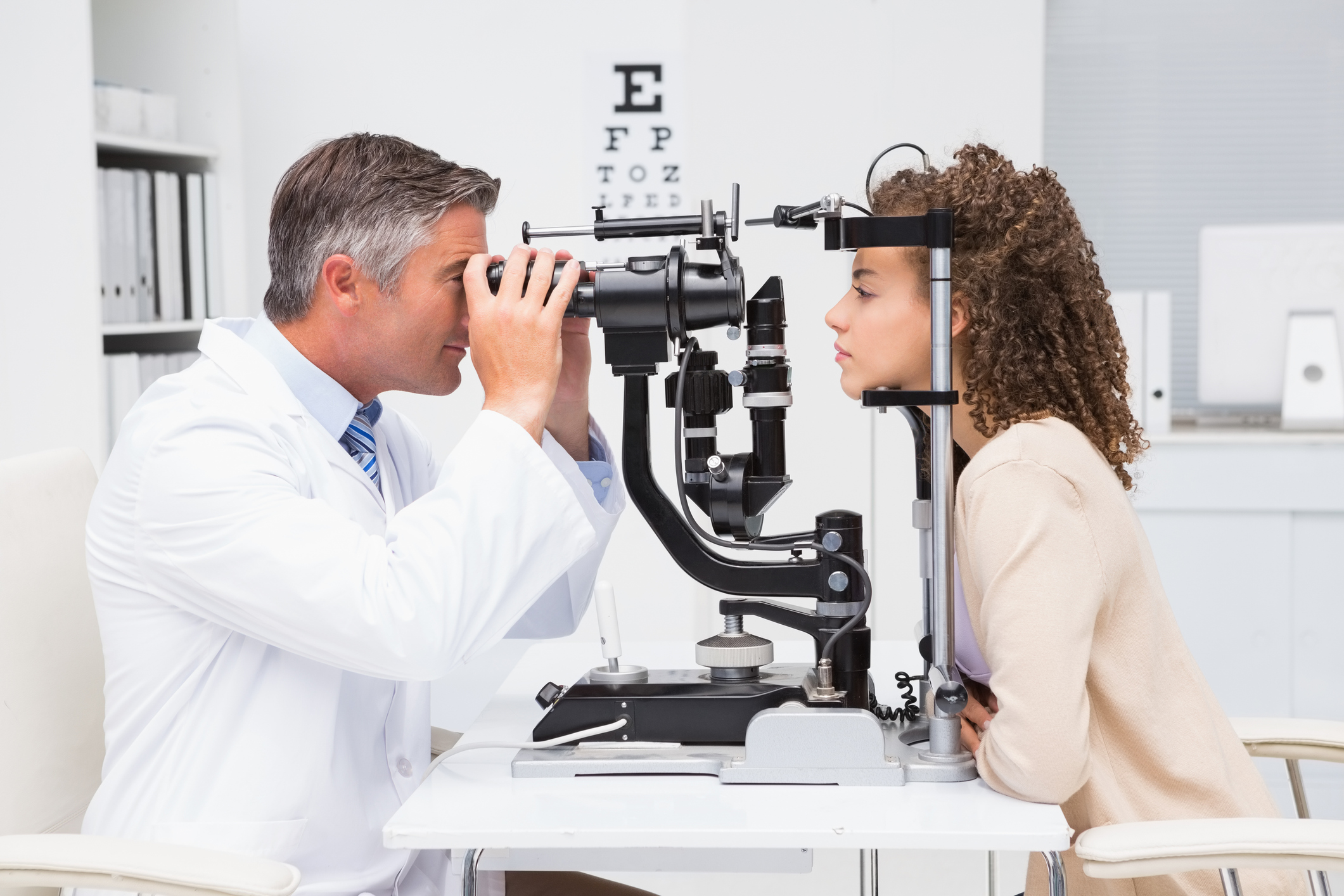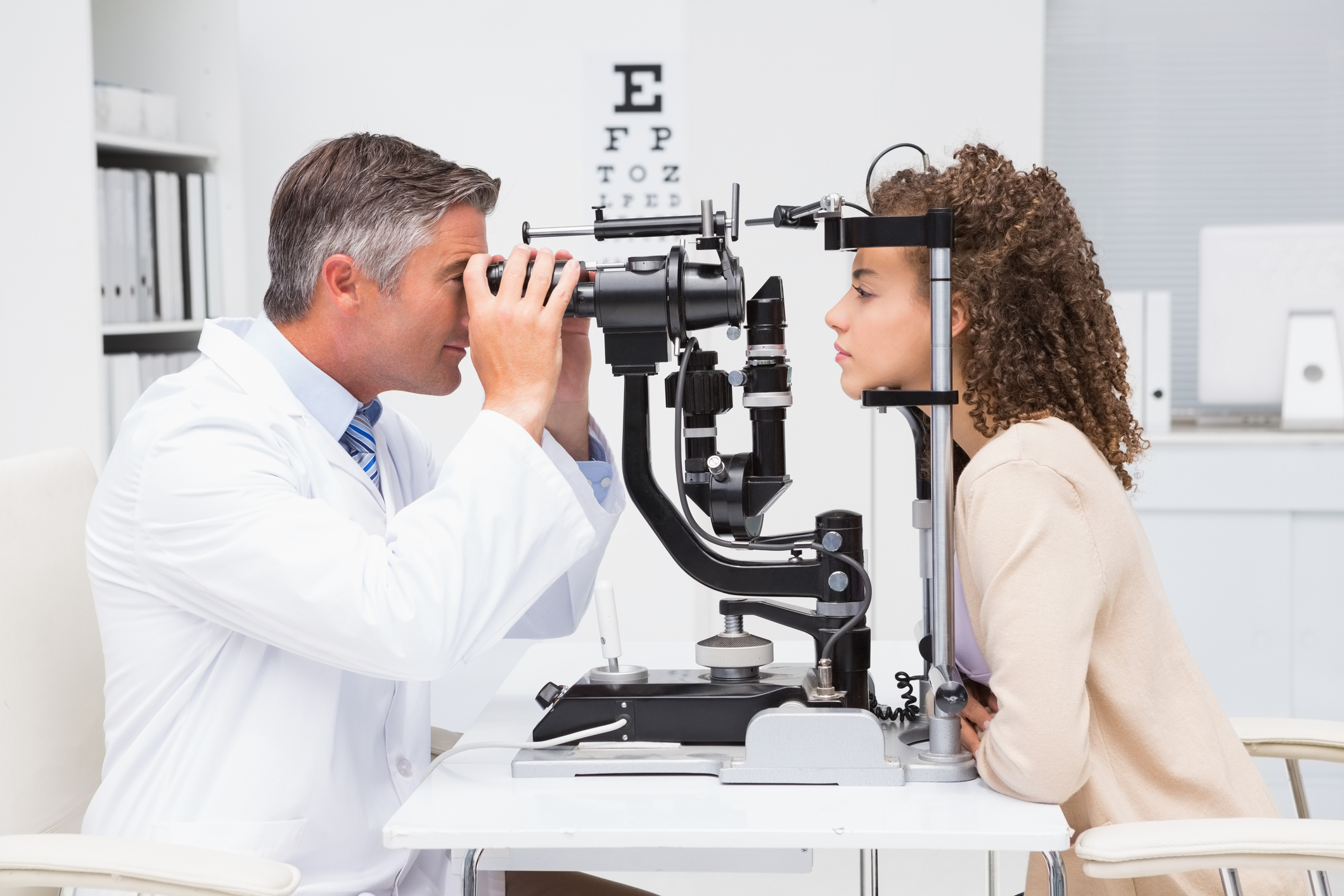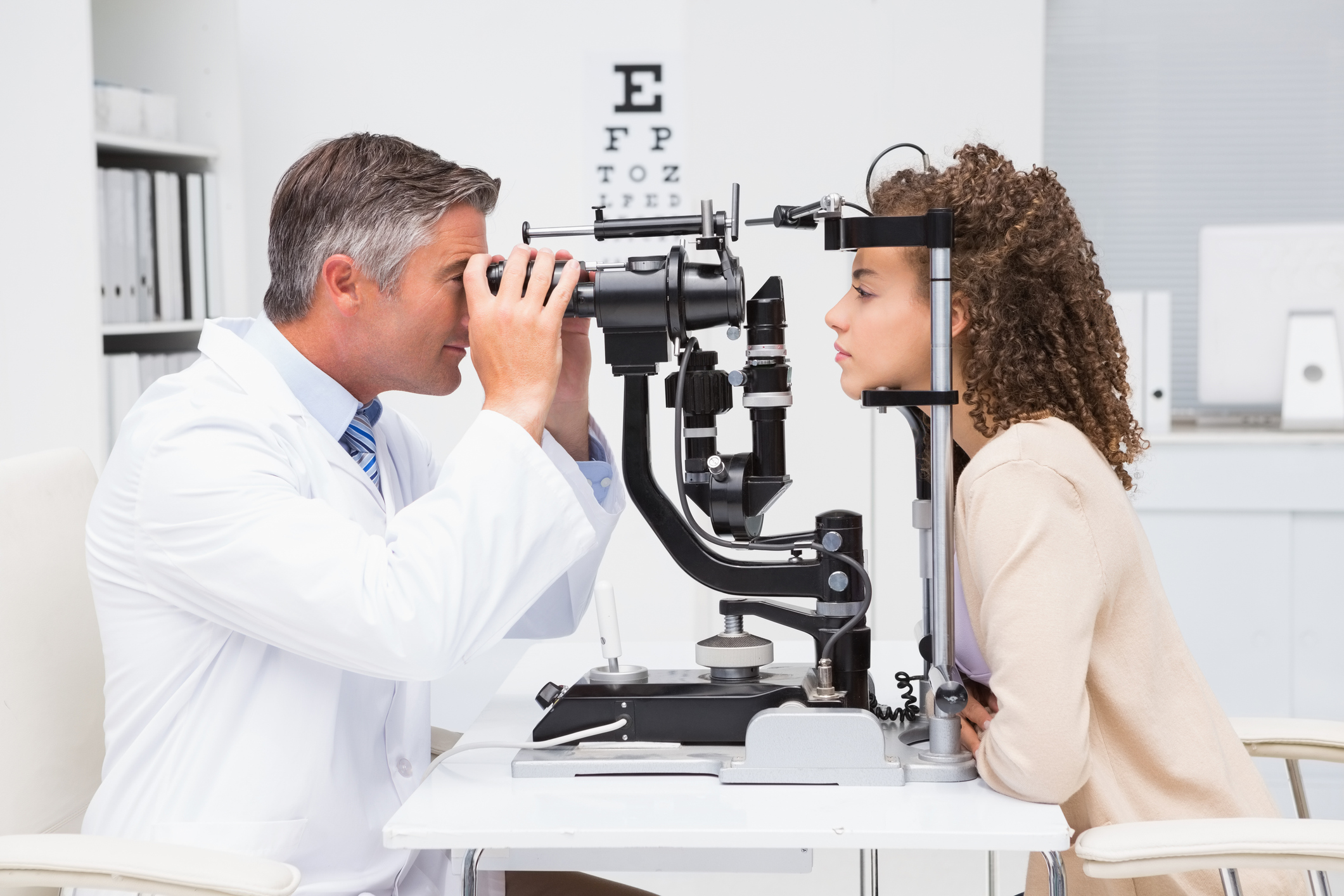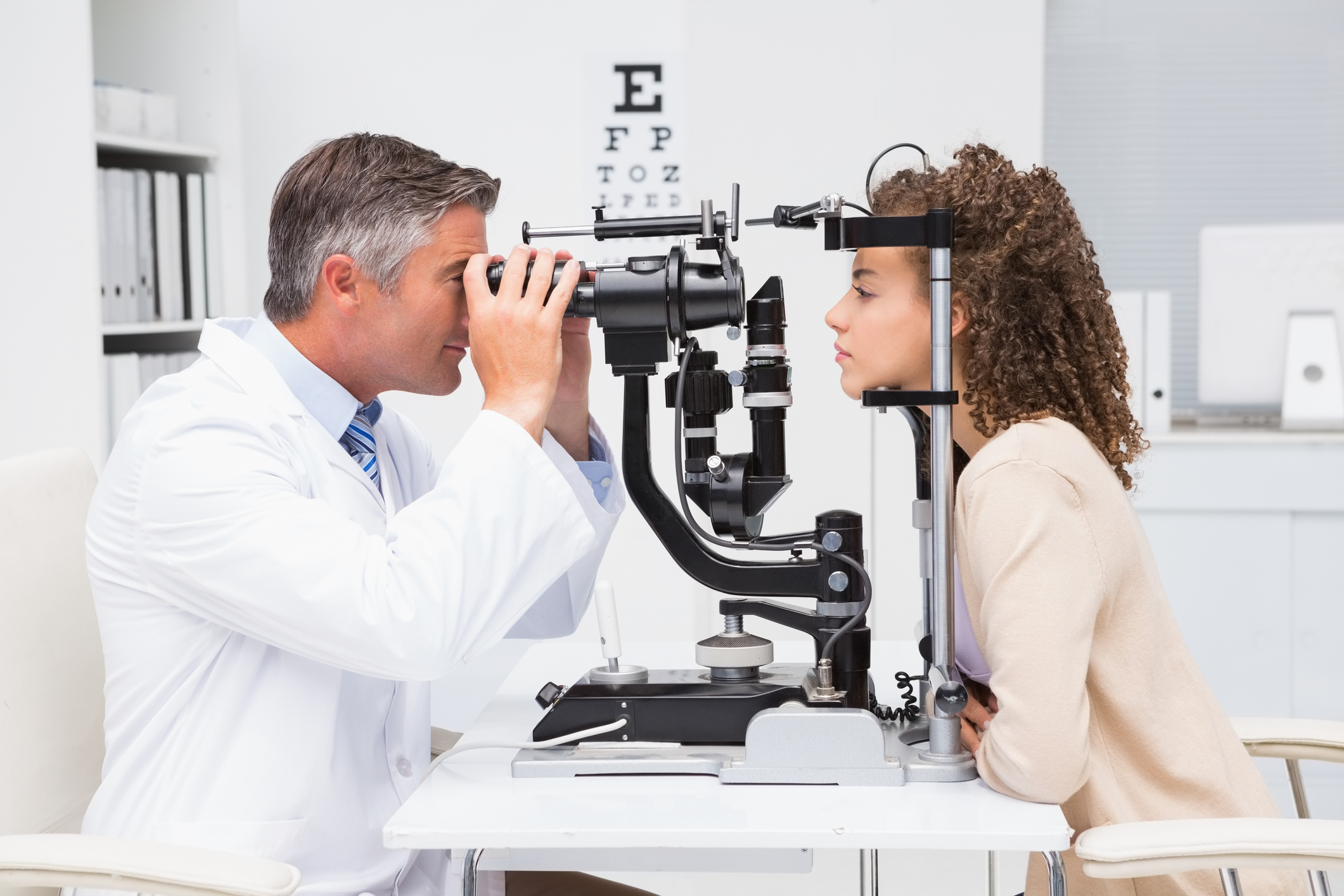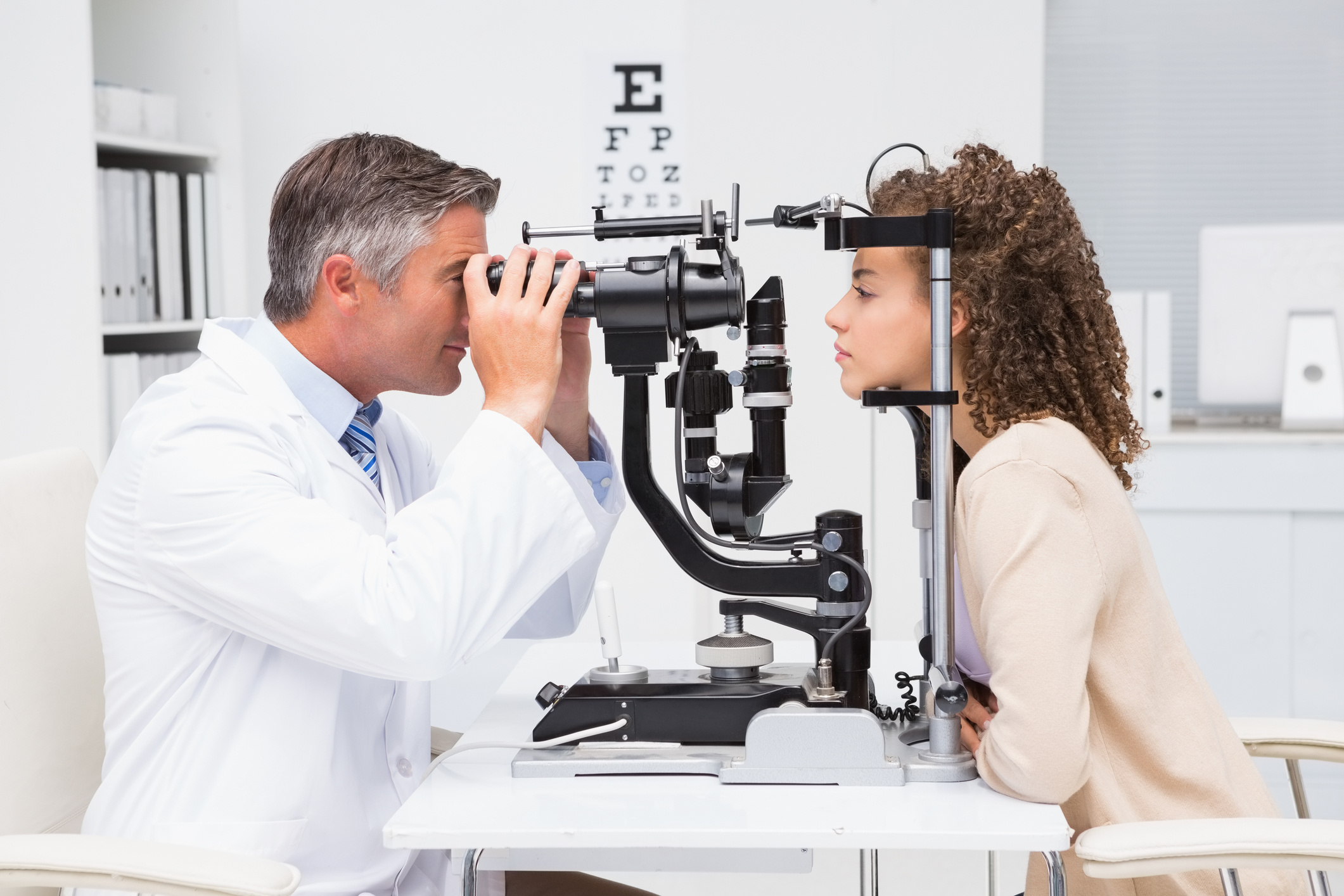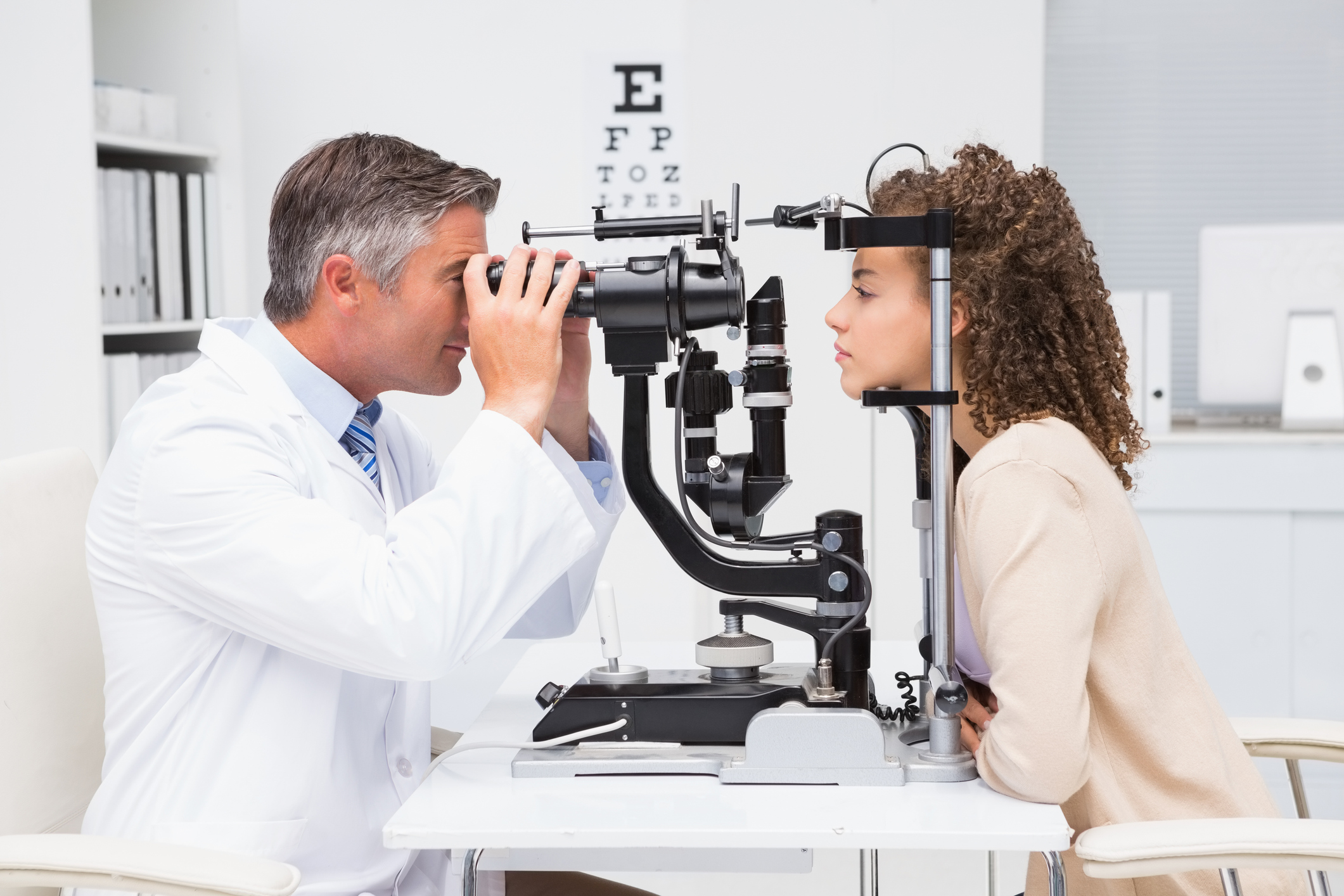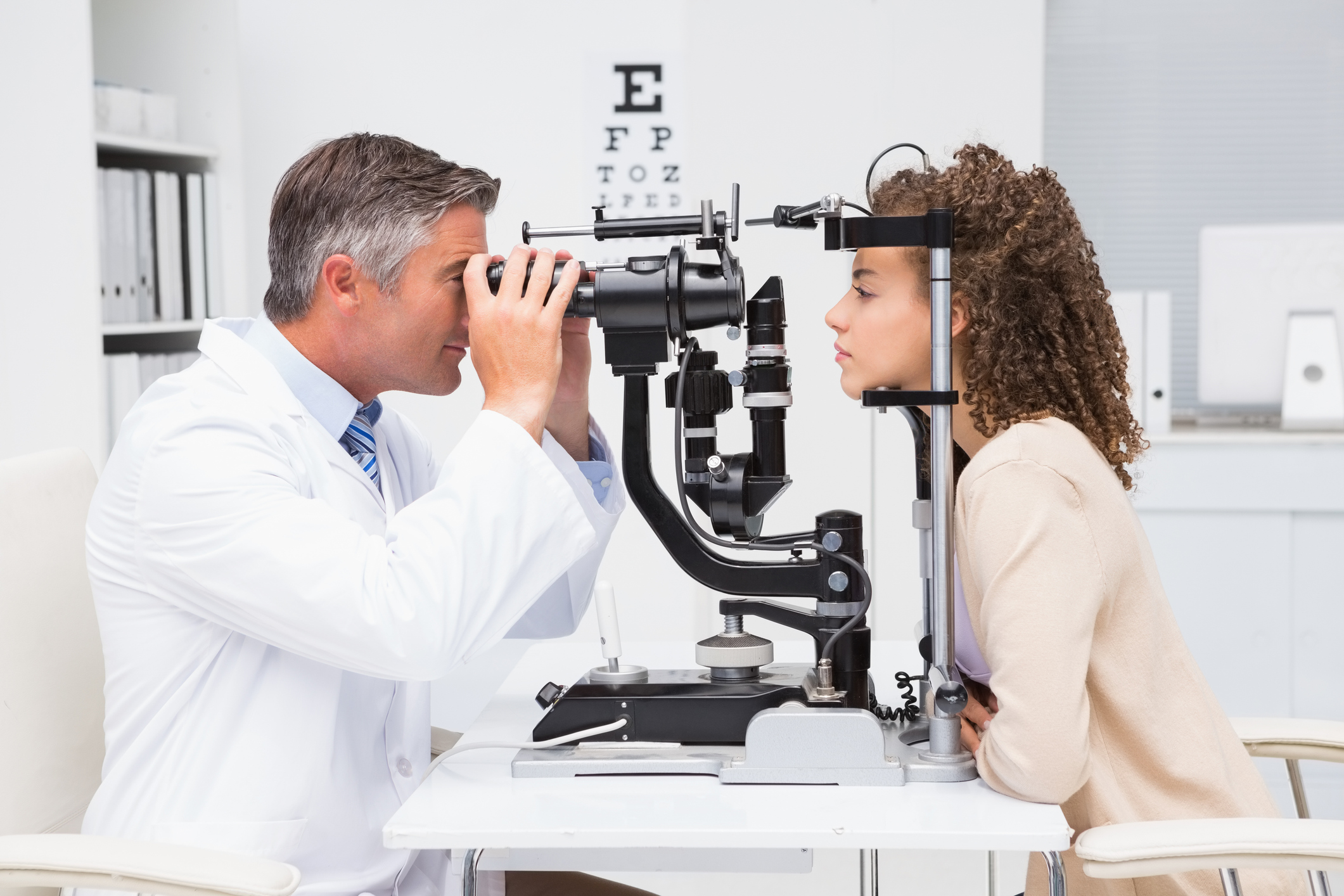Running a high street optician practice involves numerous risks that could potentially threaten your business operations and f…
Complete Optician Insurance Guide: Essential Protection for Eye Care Professionals
Running an optician practice involves significant responsibilities and potential risks that require comprehensive insurance protection. From professional negligence claims to property damage, opticians face unique challenges that standard business insurance may not adequately cover. This complete guide explores the essential insurance coverage every optician needs to protect their practice, staff, and patients.
Understanding the Risks in Optician Practice
Opticians operate in a highly regulated environment where precision and accuracy are paramount. The nature of eye care services exposes practitioners to various risks including misdiagnosis, prescription errors, equipment failure, and patient injury. Additionally, optician practices handle valuable inventory, sensitive patient data, and operate from premises that require protection against theft, fire, and other perils.
Professional liability represents one of the most significant risks for opticians. A single misdiagnosis or incorrect prescription can result in serious consequences for patients, leading to substantial compensation claims. Equipment-related incidents, such as faulty testing devices or lens grinding machinery, can also result in patient harm and subsequent legal action.
Professional Indemnity Insurance for Opticians
Professional indemnity insurance forms the cornerstone of protection for opticians, covering claims arising from professional negligence, errors, or omissions in the provision of eye care services. This coverage protects against compensation claims from patients who suffer harm due to misdiagnosis, incorrect prescriptions, or inadequate treatment advice.
The policy typically covers legal defense costs, compensation payments, and associated expenses arising from professional liability claims. Coverage extends to past work, protecting opticians against claims relating to services provided before the policy inception date. This retroactive coverage proves essential when claims emerge years after the original consultation or treatment.
Professional indemnity insurance for opticians should include coverage for cyber liability, given the increasing digitization of patient records and the strict requirements under data protection legislation. Breaches of patient confidentiality or loss of sensitive data can result in significant fines and compensation claims.
Public Liability Insurance
Public liability insurance protects opticians against claims from third parties who suffer injury or property damage while on the practice premises. This coverage proves essential for optician practices that welcome members of the public for consultations, eye tests, and frame selection.
Common public liability scenarios include patients slipping on wet floors, being injured by falling displays, or suffering allergic reactions to contact lens solutions. The policy covers compensation payments, legal defense costs, and medical expenses arising from such incidents.
Coverage typically extends to £2-6 million per claim, providing substantial protection against potentially devastating compensation awards. The policy also covers legal costs, which can escalate rapidly in complex liability cases involving serious injuries or multiple claimants.
Employers Liability Insurance
Employers liability insurance represents a legal requirement for opticians who employ staff, providing protection against claims from employees who suffer work-related injuries or illnesses. This coverage proves particularly relevant for optician practices where staff may be exposed to various occupational hazards.
Common employers liability scenarios include repetitive strain injuries from prolonged computer work, back injuries from lifting heavy equipment, or eye strain from extended periods using optical instruments. The policy covers compensation payments, legal defense costs, and rehabilitation expenses arising from such claims.
The minimum legal requirement stands at £5 million per claim, though many opticians opt for higher limits to ensure adequate protection. Coverage extends to temporary staff, volunteers, and work experience students, providing comprehensive protection for all individuals working within the practice.
Commercial Property Insurance
Commercial property insurance protects the physical assets of optician practices, including buildings, fixtures, fittings, and valuable inventory. This coverage proves essential given the high value of optical equipment, frame displays, and lens stock typically held by opticians.
Buildings insurance covers the structure of the premises against risks such as fire, flood, storm damage, and malicious damage. This protection proves vital for opticians who own their premises or have responsibility for structural repairs under lease agreements.
Contents insurance protects moveable assets including optical equipment, computers, furniture, and stock. Given the high value of specialized optical instruments such as autorefractors, slit lamps, and lens grinding equipment, adequate contents coverage proves essential for business continuity.
Stock coverage requires particular attention, as optician practices typically hold substantial inventories of frames, lenses, and contact lenses. The policy should provide new-for-old replacement and cover stock held at multiple locations, including off-site storage facilities.
Business Interruption Insurance
Business interruption insurance provides crucial protection against loss of income following insured damage to business premises or equipment. For opticians, any interruption to normal operations can result in significant financial losses, particularly given the appointment-based nature of eye care services.
The policy compensates for lost gross profit, ongoing expenses, and additional costs incurred to minimize the interruption period. Coverage typically includes alternative accommodation costs if the practice premises become uninhabitable following insured damage.
Extended coverage options include loss of income following damage to suppliers' premises, utility failures, and infectious disease outbreaks that prevent normal business operations. These extensions prove particularly valuable for opticians who rely on specific suppliers for frames, lenses, and specialized equipment.
Cyber Insurance for Opticians
Cyber insurance has become increasingly important for opticians as practices digitize patient records and rely more heavily on computer systems for appointments, prescriptions, and inventory management. The coverage protects against financial losses arising from cyber attacks, data breaches, and system failures.
First-party coverage includes costs associated with data recovery, system restoration, business interruption, and regulatory fines following data protection breaches. Third-party coverage protects against claims from patients whose personal data has been compromised.
The policy typically includes access to specialist cyber incident response services, including forensic investigation, legal advice, and public relations support. These services prove invaluable in managing the immediate aftermath of a cyber incident and minimizing reputational damage.
Product Liability Insurance
Product liability insurance protects opticians against claims arising from defective products supplied to customers, including frames, lenses, and contact lenses. While manufacturers typically provide primary coverage, opticians may face direct claims from customers who suffer harm from defective products.
The policy covers compensation payments, legal defense costs, and recall expenses arising from product liability claims. Coverage extends to products modified or customized by the optician, such as prescription lenses fitted to customer-selected frames.
Given the potential for serious injury from defective contact lenses or incorrectly manufactured prescription lenses, adequate product liability coverage proves essential for comprehensive protection.
Motor Insurance for Opticians
Many optician practices require motor insurance for business vehicles used for home visits, equipment transportation, or general business purposes. Commercial motor insurance provides broader coverage than personal policies, including business use and higher liability limits.
The policy should cover all authorized drivers and provide comprehensive protection against accident damage, theft, and third-party liability. Additional coverage options include breakdown assistance, replacement vehicle provision, and protection for equipment carried in vehicles.
For opticians providing mobile eye care services, specialized coverage may be required for equipment transported in vehicles and public liability arising from home visits.
Key Person Insurance
Key person insurance provides crucial protection for optician practices that depend heavily on specific individuals, particularly qualified optometrists or dispensing opticians. The coverage compensates for financial losses arising from the death or long-term incapacity of key personnel.
The policy can cover lost profits, recruitment costs, and additional expenses incurred to replace key personnel. For smaller practices, key person insurance may prove essential for business survival following the loss of the principal optician.
Coverage amounts should reflect the individual's contribution to business profits and the likely costs of finding suitable replacements. Regular reviews ensure coverage remains adequate as the business grows and key personnel change.
Legal Expenses Insurance
Legal expenses insurance provides access to legal advice and covers the costs of pursuing or defending legal actions. For opticians, this coverage proves valuable for employment disputes, contract disagreements, and regulatory investigations.
The policy typically includes a legal helpline providing immediate access to qualified solicitors for advice on business legal matters. Coverage extends to representation at employment tribunals, debt recovery actions, and defense against criminal prosecutions.
Tax investigation coverage protects against the costs of dealing with HM Revenue & Customs investigations, including professional fees and additional expenses. This protection proves particularly valuable given the complexity of tax regulations affecting healthcare businesses.
Choosing the Right Insurance Provider
Selecting an appropriate insurance provider requires careful consideration of several factors including financial strength, claims handling reputation, and understanding of the optician sector. Specialist healthcare insurers often provide more comprehensive coverage and better claims service than general commercial insurers.
The provider should offer flexible policy terms that can adapt to changing business needs, including expansion into new services or additional locations. Regular policy reviews ensure coverage remains adequate as the business evolves.
Claims handling capability represents a crucial consideration, as the provider's response during a claim significantly impacts the outcome. Look for insurers with dedicated healthcare claims teams and a track record of fair, prompt settlement.
Risk Management for Opticians
Effective risk management can significantly reduce insurance costs and improve business resilience. Regular equipment maintenance, staff training, and robust procedures help prevent incidents that could result in claims.
Clinical governance procedures should include regular audit of patient records, prescription accuracy checks, and continuing professional development for all clinical staff. These measures demonstrate commitment to high standards and may result in preferential insurance terms.
Health and safety management requires particular attention to manual handling, display screen equipment, and chemical storage. Regular risk assessments and staff training help prevent workplace injuries and associated employers liability claims.
Regulatory Compliance and Insurance
Opticians must comply with various regulatory requirements that may impact insurance coverage. The General Optical Council sets professional standards and requires appropriate professional indemnity insurance for registered practitioners.
Data protection compliance under GDPR requires appropriate technical and organizational measures to protect patient data. Insurance policies should align with regulatory requirements and provide adequate coverage for potential fines and compensation claims.
Clinical governance requirements may specify minimum insurance coverage levels or particular policy features. Regular review ensures insurance arrangements remain compliant with evolving regulatory standards.
Cost Considerations and Budgeting
Insurance costs for opticians vary significantly based on practice size, services offered, claims history, and risk management measures. Professional indemnity insurance typically represents the largest component, particularly for practices offering specialized services.
Bundling multiple coverages with a single provider often results in cost savings and simplified administration. However, ensure that bundled policies provide adequate coverage for all identified risks rather than simply focusing on cost reduction.
Regular market testing helps ensure competitive pricing while maintaining appropriate coverage levels. Insurance brokers specializing in healthcare can provide valuable advice on coverage options and market conditions.
Claims Management and Support
Understanding the claims process helps ensure smooth resolution when incidents occur. Immediate notification requirements vary between policies, but prompt reporting generally improves claim outcomes and reduces complications.
Maintain detailed records of all incidents, including photographs, witness statements, and correspondence. This documentation proves invaluable during claim investigations and helps demonstrate compliance with policy conditions.
Consider the impact of claims on future insurance costs and business reputation. Some claims may be better handled through alternative dispute resolution rather than formal insurance claims, particularly for minor professional negligence allegations.
Future Trends and Emerging Risks
The optician sector continues to evolve with new technologies, changing regulations, and emerging risks that may impact insurance requirements. Telemedicine and remote consultations create new liability exposures that may require specialized coverage.
Increasing cyber threats require ongoing attention to data security and cyber insurance adequacy. Regular reviews ensure coverage keeps pace with evolving risks and changing business models.
Climate change may impact property insurance through increased flood and storm risks. Consider the long-term resilience of business premises and the adequacy of property insurance coverage for extreme weather events.
Conclusion
Comprehensive insurance protection represents an essential investment for optician practices, providing financial security against the wide range of risks inherent in eye care services. The combination of professional indemnity, public liability, employers liability, property, and cyber insurance creates a robust foundation for business protection.
Regular review of insurance arrangements ensures coverage remains adequate as the business evolves and new risks emerge. Working with specialist insurance providers and brokers helps navigate the complex landscape of healthcare insurance and secure appropriate protection at competitive rates.
The cost of comprehensive insurance coverage represents a small fraction of the potential financial impact of uninsured losses. For opticians, adequate insurance protection enables focus on delivering high-quality eye care services while maintaining confidence in the business's financial security.


 0330 127 2333
0330 127 2333
